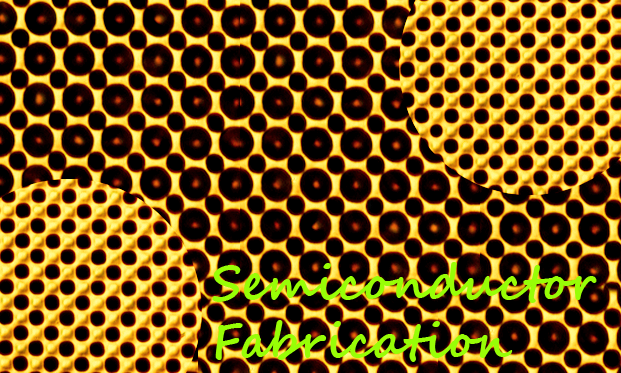
What are semiconductors?
Semiconductors are a group of materials with electrical conductivity in between conductors and insulators. Elemental semiconductors include Silicon and Germanium.
Why do we need semiconductors?
Semiconductor devices are key electronic & photonic components and essential building blocks for modern information technologies. Semiconductors are everywhere around us. In a modern society, nobody can live without the influence of semiconductors, aware of it or not.
General semiconductor fabrication process:
- Oxidation – growing a thin film of silicon dioxide on the surface of the silicon wafer. It acts as a shield to protect the silicon wafer from accidental diffusion of dopants
- Photolithography – masked glass is transferred to the surface of the wafer to open identical windows for the diffusion process
- Etching – it is done to remove those surfaces where impurities are to be introduced.
- Diffusion – diffusion of dopant into silicon through etched window. Dopants can be in solid, liquid, or gaseous state
- Ion implantation – process of introducing dopants into selected areas of the surface of the wafer by bombarding the surface with high-energy ions of the particular dopant
- Epitaxy – process of the controlled growth of a crystalline doped layer of silicon on a single crystal substrate. It can deposit dopant which cannot be done through diffusion, It can isolate between bipolar transistors, It improves the surface quality
- Metalization and interconnections – last step of fabrication to provide metallic interconnections
* Reference: Semiconductor Devices by Kanaan Kano.